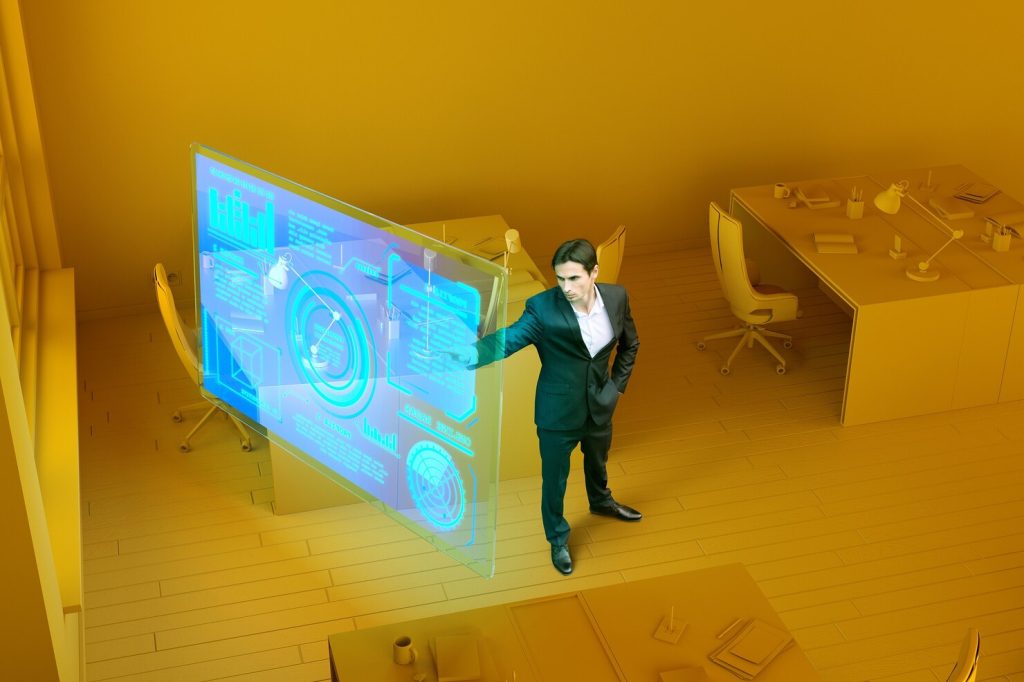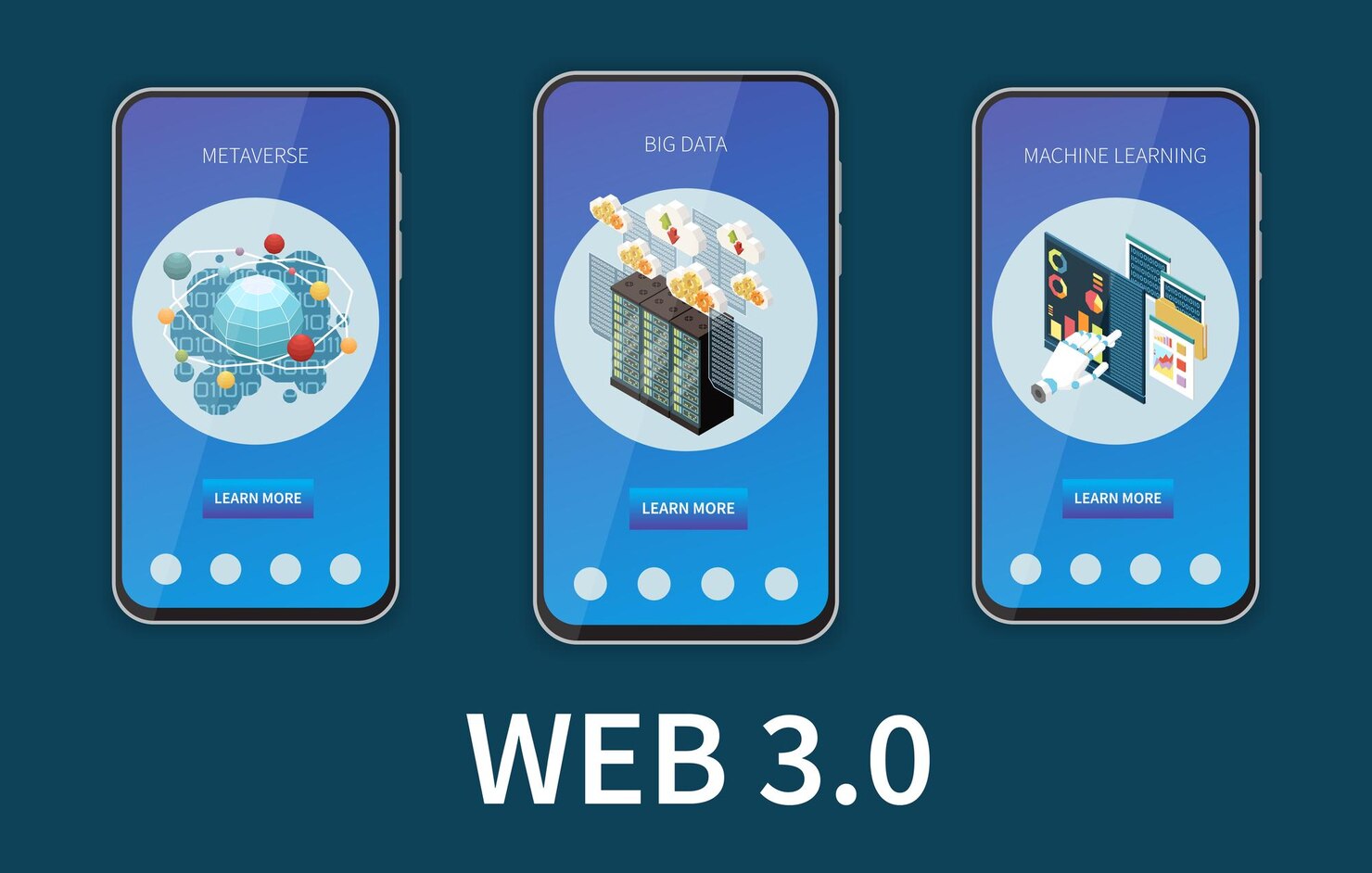The evolution of the internet has been nothing short of revolutionary. From the early days of static web pages to the interactive and interconnected Web 2.0, the internet has transformed the way we communicate, work, and access information. Now, we stand at the threshold of another transformative era: Web 3.0. This next phase of the internet is driven by a new breed of companies that are harnessing emerging technologies to reshape the digital landscape. In this article, we’ll delve into the expanding landscape of Web 3.0 companies, exploring what Web 3.0 is, how it differs from its predecessors, and the role these companies play in shaping the future of the Internet.
Understanding Web 3.0
Web 3.0, often referred to as the “Semantic Web,” is a concept that envisions a more intelligent, interconnected, and decentralized Internet. It represents a fundamental shift in the way we interact with data, services, and each other. To understand Web 3.0, let’s first look back at the previous phases of the Internet.
Web 1.0
Web 1.0, also known as the “Static Web,” was characterized by basic web pages with static information. It was primarily a one-way street where users consumed content but couldn’t actively contribute.
Web 2.0
Web 2.0, or the “Interactive Web,” brought a transformative change. It introduced user-generated content, social media, and interactive websites. Users could create, share, and connect like never before. Companies like Facebook, Twitter, and YouTube exemplified this phase.
Web 3.0
Web 3.0, as envisioned, builds upon the principles of decentralization and transparency. It is powered by technologies such as blockchain, artificial intelligence, and decentralized protocols. In Web 3.0, users have more control over their data and digital identities. It’s designed to address issues like data privacy, security, and trust, which have become increasingly critical in the current digital landscape.
The Core Technologies of Web 3.0
Web 3.0 is made possible by a set of core technologies and concepts. Let’s explore them briefly:
Blockchain
Blockchain technology is at the heart of Web 3.0. It’s a decentralized, immutable ledger system that ensures transparency and trust in digital transactions. Smart contracts, which automate and enforce agreements without intermediaries, are a key application of blockchain technology.
Decentralized Applications (DApps)
Web 3.0 is driven by DApps, applications built on blockchain technology. These apps are often open source, giving users more control over their data and digital interactions.
Decentralized Identity
Decentralized identity solutions enable users to have self-sovereign identities, giving them control over their digital personas and reducing the need for multiple online accounts and passwords.
Artificial Intelligence
AI technologies, such as machine learning and natural language processing, play a crucial role in making Web 3.0 more intelligent. They power content personalization, data analysis, and virtual assistants.
IoT and Edge Computing
The Internet of Things (IoT) and edge computing bridge the gap between the digital and physical worlds. They enable real-time interactions with physical devices and data.
Interoperable Protocols
Web 3.0 promotes interoperability among different applications and platforms. Blockchain’s open standards facilitate seamless communication and data exchange.
The Role of Web 3.0 Companies
Web 3.0 is not just a theoretical concept. It’s being actively developed and implemented by a growing number of innovative companies. These companies are at the forefront of the Web 3.0 revolution, pushing the boundaries of what’s possible in the digital realm. Let’s explore the roles and contributions of Web 3.0 companies:
1. Blockchain Development Companies
Blockchain development companies are pioneering the creation of decentralized infrastructure. They build and maintain blockchain networks, enabling secure and transparent transactions. Examples include Ethereum, which introduced the concept of smart contracts, and Polkadot, which focuses on interoperability between different blockchains.
2. Decentralized Finance (DeFi) Companies
DeFi companies are transforming the financial industry by offering decentralized alternatives to traditional banking and financial services. They enable peer-to-peer lending, borrowing, and trading of assets. Companies like MakerDAO and Compound are at the forefront of this movement.
3. Decentralized Application (DApp) Developers
DApp developers are creating a wide range of applications on blockchain platforms. These applications span various industries, from gaming to finance and supply chain management. Examples include CryptoKitties, a blockchain-based game, and Uniswap, a decentralized exchange.

4. Decentralized Identity Providers
Companies specializing in decentralized identity solutions are offering users more control over their digital identities. They aim to reduce reliance on centralized identity providers and improve data privacy. Sovrin and uPort are notable examples.
5. Web 3.0 Browsers and Wallets
To access Web 3.0 applications, users need specialized browsers and wallets that support blockchain interaction. Brave and MetaMask are browsers and extensions that provide native support for blockchain data.
6. Data Privacy and Security Companies
In the age of Web 3.0, data privacy and security have become paramount. Companies are developing solutions to protect user data and offer end-to-end encryption. Names like Oasis Labs and NuCypher are working in this space.
7. Artificial Intelligence Companies
AI companies are leveraging machine learning and natural language processing to create more intelligent and personalized experiences in Web 3.0 applications. They power virtual assistants, content recommendation systems, and data analysis tools.
8. Internet of Things (IoT) and Edge Computing Innovators
The IoT and edge computing sectors are growing rapidly, with companies developing devices and infrastructure that bridge the gap between the digital and physical worlds. Companies like Particle and Helium are driving this transformation.
9. Interoperability Solutions Providers
Interoperability solutions are essential for Web 3.0 to work seamlessly. Companies are creating protocols and tools that enable different blockchains and applications to communicate with one another. Cosmos and Chainlink are examples in this space.
Conclusion
Web 3.0, with its vision of a more decentralized, intelligent, and interconnected internet, is rapidly becoming a reality. The expanding landscape of Web 3.0 companies is at the forefront of this transformation, pushing the boundaries of what’s possible in the digital realm. As we navigate this new era, understanding the roles and contributions of these companies is vital.
Web 3.0 is set to redefine the rules of the game, offering individuals greater control over their digital lives, enhanced data security, and more reliable services. The web is on the cusp of a profound transformation, and the companies pioneering Web 3.0 are at the heart of this revolution. Embracing this change and harnessing the potential of Web 3.0 is not just an option; it’s a necessity for those seeking to navigate the digital landscape of the future. If you want to Start a Web 3.0 Business, read this article.

